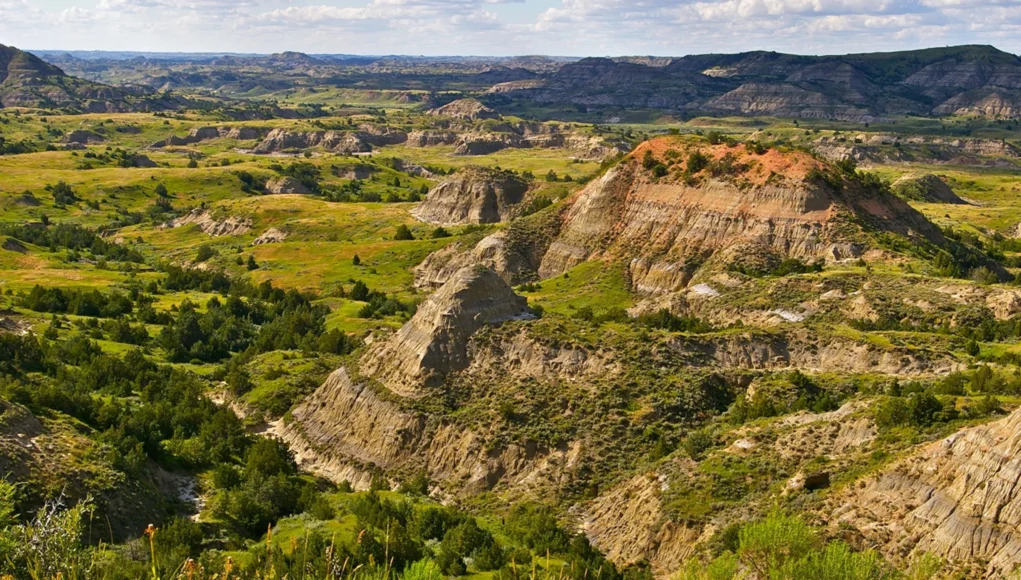Solar energy is an upcoming power source in North Dakota, with coal and wind energy being the most common. Although the state ranks last for solar generation, the Solar Energy Industries Association predicts North Dakota will add 508 megawatts of solar capacity over the next five years, significantly increasing the state’s total solar generating power. While North Dakotans usually pay low energy prices, investing in solar panels doesn’t always make financial sense, and homeowners are more limited in their choice of installer and available incentives than in other states. However, if you have high electricity bills, solar panels could help you save money on energy costs while also lowering your carbon footprint.

Table of Contents
- The Emergence of Solar Power in North Dakota
- Solar Power Industry Growth in North Dakota
- The Financial Benefits of Solar Panels in North Dakota
- Solar Panel Costs in North Dakota
- How to Pay for Solar Panels in North Dakota
- Solar Panel Incentives and Rebates in North Dakota
- Federal Solar Incentives
- North Dakota State-Level Solar Incentives
- Residential Clean Energy Credit
- Property Tax Exemption
- Net Metering
- Solar Energy Environmental Benefits
- Solar Power is a Great Investment for the Future
- Conclusion
- FAQs
The Emergence of Solar Power in North Dakota
North Dakota is not widely known for its solar power generation, with coal and wind energy being the most commonly used power sources. However, solar energy is slowly emerging as a power source in North Dakota. Solar panels can help reduce reliance on traditional sources of energy, ultimately reducing carbon emissions and mitigating the effects of climate change.
Solar Power Industry Growth in North Dakota
According to the Solar Energy Industries Association, North Dakota is expected to add 508 megawatts of solar capacity over the next five years, which will increase the state’s total solar generating power significantly. The state’s solar industry is growing, and while it may not be as established as other states, it’s steadily growing.
The Financial Benefits of Solar Panels in North Dakota
North Dakotans typically pay low energy prices, so investing in solar panels may not always make financial sense. However, if you have high electricity bills, solar panels could help you save money on energy costs while also lowering your carbon footprint.
Solar Panel Costs in North Dakota
The cost of a solar panel system depends on various factors, including the system size, components like solar batteries, and installation costs. Because there are very few residential solar systems in North Dakota, there is currently no state-level cost data available. However, according to the Lawrence Berkeley National Laboratory, a typical solar system in the US costs $31,558 on average.
How to Pay for Solar Panels in North Dakota
Several financing options are available, depending on the solar installer you choose. You can purchase solar panels upfront or finance them with a solar loan, both of which result in you owning the system and qualifying for solar incentives and rebates. Alternatively, you can use a separate loan, such as a home equity loan, a home equity line of credit, or a personal loan. Additionally, you may have the option to sign a solar lease or power purchase agreement. With these options, you pay a monthly rate to use the electricity from the solar system, but you don’t own the system and won’t qualify for most state and federal incentives.
Solar Panel Incentives and Rebates in North Dakota
Solar incentives, rebates, and tax credits can lower the cost of solar panels. Here are some incentives and rebates available for North Dakota residents:
Federal Solar Incentives
At the federal level, the residential clean energy credit (formerly known as the investment tax credit) is available in every state

































